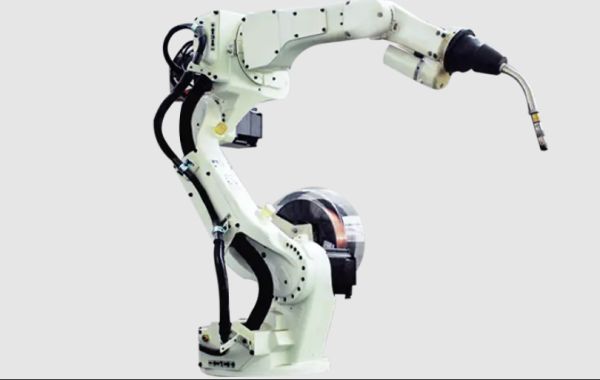Arm segments are integral parts of manipulators that facilitate flexibility and reach during object manipulation tasks. These segments typically consist of interconnected links or joints that allow the manipulator to articulate and move in multiple directions.
Each arm segment is designed to provide specific degrees of freedom, enabling the manipulator to reach objects from various angles and positions. Joints between segments can be rotary, allowing rotational movement around an axis, or linear, enabling extension and retraction of the arm.
The materials used in arm segments vary depending on the application and required strength-to-weight ratio. Common materials include aluminum alloys for lightweight applications and steel for heavy-duty tasks requiring robust structural support.
Advanced manipulators may incorporate articulated arms with multiple segments, each controlled by actuators or motors to achieve precise movements and positioning. This flexibility is essential in tasks such as assembly, welding, and material handling where precise manipulation and positioning are critical.
Furthermore, arm segments may feature sensors and feedback mechanisms to provide real-time information about the arm's position, orientation, and load conditions. This feedback allows for adaptive control strategies to optimize performance and ensure safe operation in dynamic environments.
In conclusion, arm segments play a crucial role in the functionality and versatility of manipulators, enabling them to perform complex tasks with precision and efficiency across various industrial and robotic applications.






